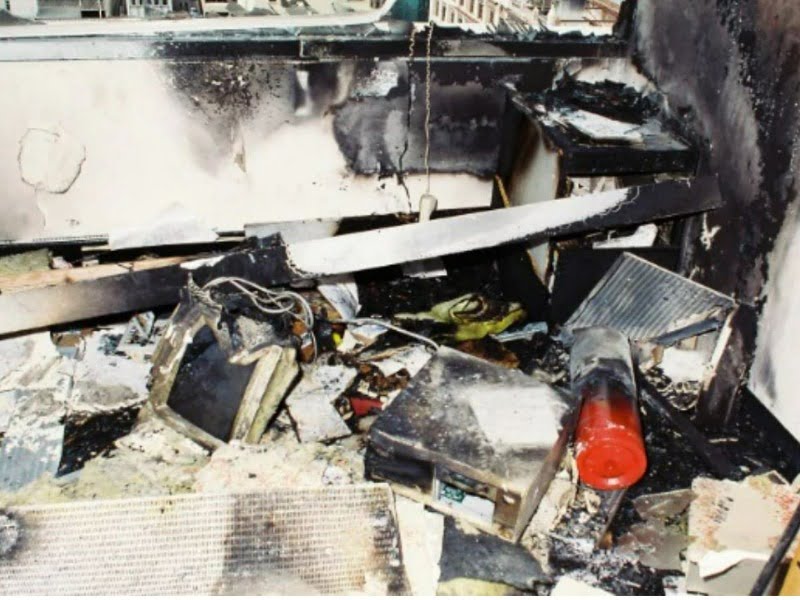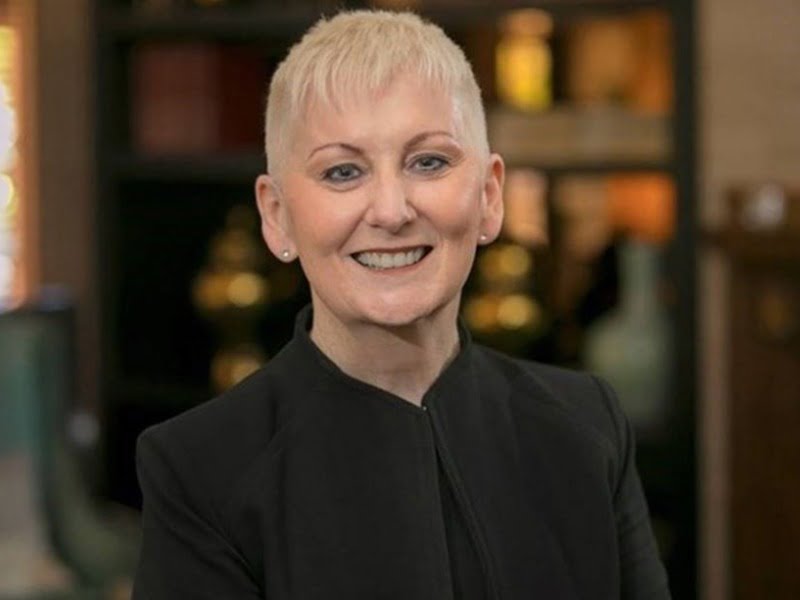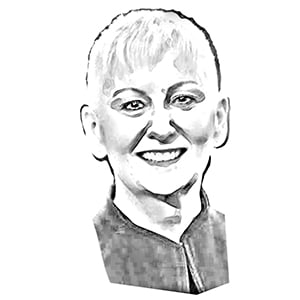This week, South Australian drug trafficker Domenic Perre was found guilty of the 1994 National Crime Authority bombing in Adelaide.
Following a seven-month trial, Justice Kevin Nicholson found Perre guilty of the murder of police officer Geoffrey Bowen and attempted murder of lawyer Peter Wallis.
After twenty-eight years the incredible investigators are to be thanked and recognised for their skill and unfailing dedication and leadership. I was involved in this case. Occasionally over the twenty-eight years, I think of that morning.
In 1994, I was heading the intelligence team at the National Crime Authority in Melbourne, working on the same organised crime investigation. I had supported a dozen or more coercive hearings. None of this is on LinkedIn, so don’t go looking.

I was on the phone to the NCA Adelaide office the morning of the bombing, in fact only about thirty minutes or so beforehand. Shortly afterwards, the call went out through the Melbourne office: has anyone been on the phone to Adelaide this morning? Me, why? Others had also. The work between the Adelaide and Melbourne offices was intricate. Adelaide has just been bombed we were urgently told.
This was not a drill. A massive national operation was being activated.
We did not know if we (the Melbourne office) would be next. Or if any of the other NCA state offices would be targeted. And then came the shocking news of the death and serious injury of our colleagues.
The intelligence function went into overdrive, with associated agencies. Photos of the day show the horror experienced by the NCA Adelaide office.
The NCA Melbourne office was cleared out and searched by teams of heavily armed officers, bomb disposal units, dogs, the Army.
As soon as the Melbourne office was cleared, and with Adelaide out of action, intel was rushed back in. And we were locked down. Fortified. This was a command and control operational environment.
For me, this was a period of unbelievable exposure to the power of technology in real time high pressure operational decision making. Decisions that affect lives. And compared to today, technology at the time was nascent.
There was no internet. No mobile phones. It was the era of the landline phone. Fax. Human translator transcribed transcripts of listening device recordings. Words and phrases played over and over again by translators. What was that word? What was that sound in the background? All of this is now automated.
Intel was flooding in. But the curation of the intel under such extreme pressure of the unknown, was immensely challenging. And here is the power of leadership and foresight. I have seen this only a few times in my career.
The supervising chief inspector had given his authorisation for a new tool a few months earlier: link chart analysis software. It came on floppy discs. Go for it he said, learn it, see what it does.
We taught ourselves. We read the hardcopy instructional manual. And experimented. There was no university courses on it.
The chief inspector was a truly phenomenal and liberating leader. Years later he would talk to me about why breaking the glass ceiling – and what he called the ‘thinking ceiling’ – was so important.
And our somewhat innovative hands-on application of this software showed relationships in three-dimensions and through time periods, not otherwise discernible on the massive white board of mark-ups in the operations room. We could pull things apart. And drill in to look at outliers with precision also not otherwise possible.
PowerPoint was in its infancy. I wanted to show the geographic and time series movement of people and events. And so I created duplicates of PowerPoint slides with small changes and movements to the position of images to approximate animation. Decision makers ‘saw’ things in a different way.
The computers groaned under the processing load. And often froze.These large files saved onto 3 ½ inch floppy discs – numbered discs so numerous they formed bricks of discs held together by elastic bands.
Computer says, ‘please insert disc 1 of 20; 2 of 20’ and so on. This was mobile computing for presentations out of the office, before mobile computing was invented.
To this day, I believe that skills in egaming, animation and movies are under-appreciated and certainly not considered mainstream in the public sector skills deficit dilemma. This must change.
And I also continue to be of the view that anyone involved in technology in government, must have operational service delivery experience. Whether law enforcement, the military, human services, disability services, health services or services for access to justice.
I am immovable in this belief.

People in technology in government must have felt the heat on the front line, wherever the front line is, and carried operational service delivery responsibility. And I don’t just mean by the occasional visit and morning tea.
There is a lot being written about the technology skills gap across the board, and particularly in government.
The operational front line is a complex place, and I believe one of the greatest skills gaps in public sector administration is the understanding of, and actual operational experience in, complex systems. And by this I don’t mean IT systems.
I have seen good people freeze when confronted by a complexity they had not anticipated.
In particular, understanding the human dimensions at the centre of these complex systems and the human consequences when multiple complex systems interact. This is the very essence of policy. And design.
Not everyone thrives in these environments: these are raw and uncomfortable places.
But I always found these environments to be the catalyst for innovation. For problem solving. For learning. For imagination. For creativity, when that’s all you have.
When I think back to 1994, I am grateful for the rare leadership of the chief Inspector and others who navigated that tragic event. A leadership that encouraged me and inspired me to explore the human dimensions of technology over the following decades.
And when I think back to the nascent technology that we used in 1994, the manual work arounds and trouble-shooting, much if not all is now automated and powered by AI.
But the systems of today are immeasurably more complex than in 1994, with the arc of complexity rapidly accelerating.
The temptation of course is to try to automate or ‘digitise’ everything, a foolish and incalculable risk when the dimensions and dynamics of these complex systems are not understood.
This is what the skills and leadership gap looks like.
That morning in 1994 is seared into my memory and it changed how I look at complexity, risk and innovation.
And I believe the lessons from that day are even more relevant today: that in the pursuit of justice, human decision making is supported by technology, not replaced by it.
Rest in peace Geoffrey Bowen and Peter Wallis.
Marie Johnson is the CEO of the Centre for Digital Business. She is a global award-winning digital authority and advocate for the humanitarian application of AI. Her experience encompasses the public and private sector experience in Australia and internationally, including leading Microsoft’s Worldwide Public Services and eGovernment industry based in Seattle.
Marie was Head of the Technology Authority for the National Disability Insurance Scheme responsible for the technology business case, co-design, and the creation of Nadia. For many years, Marie was the Department of Human Services Chief Technology Architect, with responsibilities including the architecture and technology business cases bringing together the massive systems of Centrelink, Medicare Australia, and the Child Support Agency.
You can follow her on Twitter at @mariehjohnson or visit marie-johnson.com.
Do you know more? Contact James Riley via Email.


Great story. Thank you!